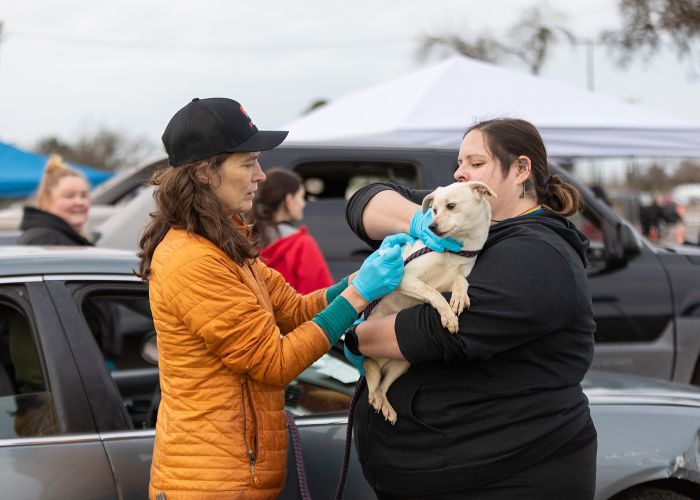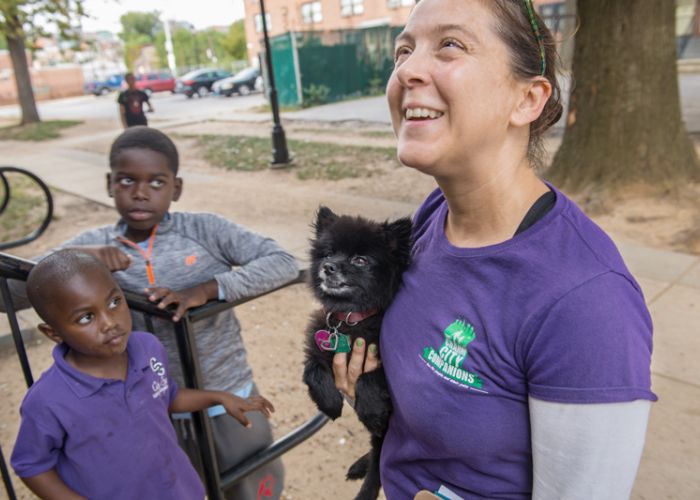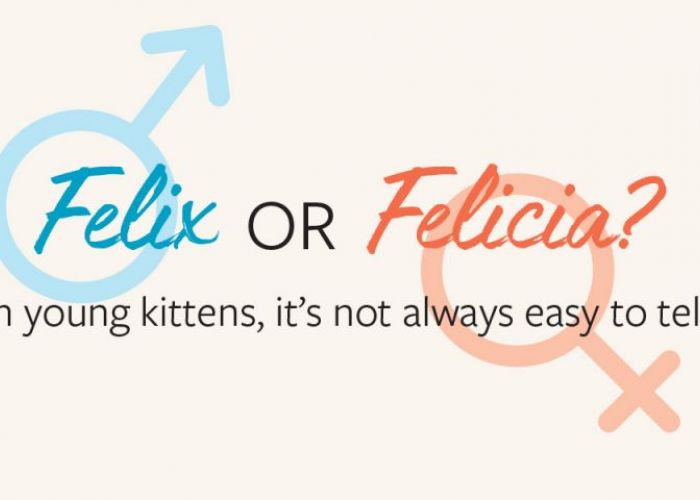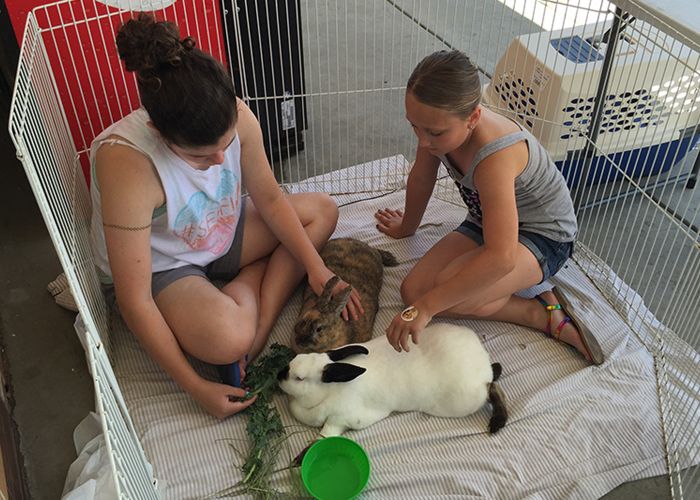Positive politics
When a bad law was affecting good cats, New Hampshire animal advocates lobbied for change

In June, a 5-year-old gray tabby named Mr. Sassy quietly transitioned from a holding cage at the Monadnock Humane Society to a space on the adoption floor. Despite the lack of fanfare, for shelter staff and volunteers who had lobbied to give cats like him a chance, it was a momentous occasion—and a reminder that the work of saving lives doesn’t occur in a political vacuum.
Mr. Sassy came to the shelter after his elderly owner moved into a nursing home. He was cute, personable and eminently adoptable, except that a blood test revealed he was positive for feline immunodeficiency virus (FIV). Under state law at the time, New Hampshire shelters and rescue groups couldn’t adopt cats with FIV or feline leukemia (FeLV) or even transfer them to organizations in other states.
When the state legislature passed the 2009 law banning the transfer of ownership of an animal with a contagious illness, it didn’t intend to target cats with FIV or FeLV—that was an unforeseen consequence of the statute’s overly broad language, says Katie Lisnik, director of cat protection and policy for The HSUS. Nevertheless, each year in the state, the law would cost the lives of about 75 positive but otherwise healthy cats.
It’s not a huge number of animals, admits Emily Kerylow, director of operations at the Monadnock Humane Society, “but that doesn’t mean they’re not important.”
The ban also came at a time when researchers were demystifying two long-misunderstood feline diseases. In recent decades, studies have revealed that cats who are positive but asymptomatic can live long, healthy lives. Vaccination has decreased the prevalence of FeLV in the feline population, and several studies have shown that FIV isn’t easily transmitted among sterilized cats. Armed with a better understanding of the diseases, shelters and rescues around the country began placing their positive cats, proving that adopters were willing to give these animals a home. But in New Hampshire (as well as Kansas, which has a similar law), the wrong result on a blood test was still tantamount to a death sentence.
Veterinarian Christine Schlupf, who worked at the Humane Society of Greater Nashua for four years, says the law had a demoralizing effect on shelter staff and volunteers, who were “put in a very difficult position about what to do when a cat does test positive.” Sometimes a staff member would take the cat home as a permanent foster. Otherwise, their only options were to euthanize him, hold him in a cage for life, or break the law and jeopardize the shelter veterinarian’s license.
“There’s nothing worse than being told you can’t place an adoptable animal,” says Lisa Dennison, executive director of the New Hampshire SPCA in Stratham. So earlier this year, the sheltering community came together to fight for a change.
Working closely with the New Hampshire Federation of Humane Organizations and other animal groups, HSUS state director Lindsay Hamrick devised a simple solution: Amend the law to explicitly exclude cats with FIV or FeLV. Instead of introducing the change as a separate bill, they would lobby to incorporate the amendment in the state budget bill, thereby increasing the chances for quick passage.
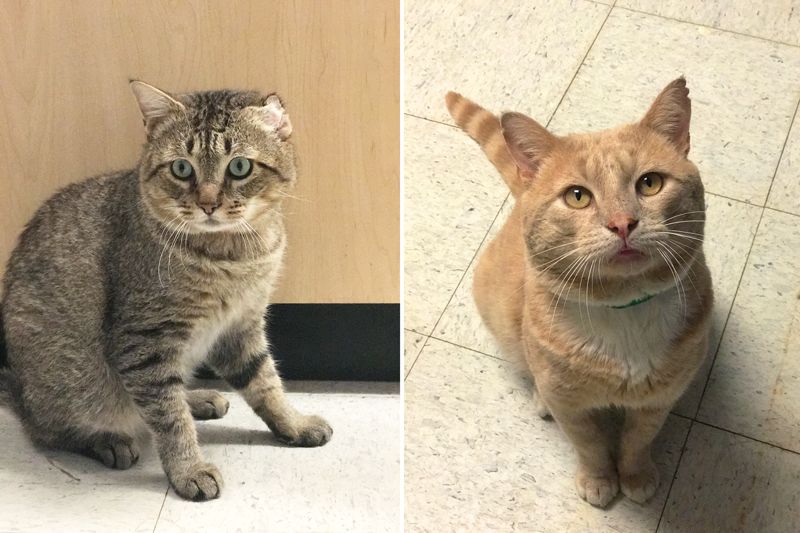
In April, Hamrick met with staff at the state veterinary medical association and department of agriculture, who signed on in support of the change. Everything was proceeding smoothly—until near the end of the legislative session, when the state Senate dropped the provision from its version of the budget bill. Shelters and rescue groups around the state mobilized their supporters, who bombarded elected officials with demands to restore the provision. A week later, the legislature passed the budget bill—with the new language on FIV- and FeLV-positive cats intact.
To Hamrick, the victory is a testament to the importance of shelters engaging in public policy work. “These laws just don’t pass on their own,” she says. “[Advocates] need to be at the table.”
She’s encouraged by how this legislative success has renewed people’s interest in public policy work. “Many shelters are now talking about having a volunteer or paid staff person following legislation.”
Dennison credits Hamrick for making it easier for shelter leaders, who are typically juggling multiple priorities, to have an impact on public policy. “It takes a certain finesse to work with a variety of politicians,” Dennison says, and HSUS state directors have “the time, the focus and the skills—it really makes a difference.”
For Mr. Sassy, the change in the law came just in time. After the budget bill was enacted, the Monadnock Humane Society gave its staff and volunteers some quick training on how to discuss FIV with potential adopters. A few weeks later, Mr. Sassy was exiting the shelter with his new owner. “Even with the FIV, he was not on our adoption floor long,” Kerylow says.
A fluffy gray tabby named Chickadee and her adopter also benefited from the revised law. In August, soon after he adopted the FIV-positive cat from the New Hampshire SPCA, Gene Grossi emailed the shelter to report that Chickadee was adjusting well to her new home and that his veterinarian expected her to live a long and happy life.
“She is a really sweet cat with a gentle disposition,” Grossi wrote. “I am so happy that you were able to allow me to adopt her.”


